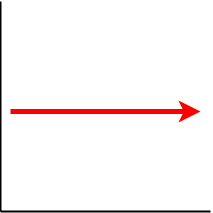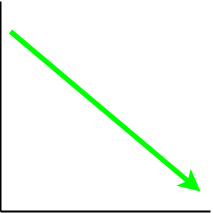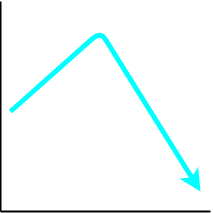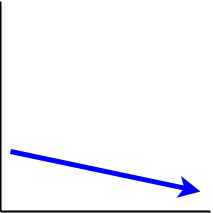You sink your voice, but I can distinguish the tones when they would be lost on others.
— Jane Austin, Persuasion
This post aims to summarize two recent important changes to Toaq’s phonology.
In short, they are:
- Syllables can now have a null onset, which is realized as a glottal stop.
- The pronunciation of the 3rd and 7th tone has been adjusted.
The reason for change #2 is twofold: It is necessary for making change #1 possible without introducing word-boundary ambiguities. Additionally, it fixes a subjective problem I had with the 3rd tone, whose pronunciation I disliked enough that it made me avoid relative clauses. Unlike the 3rd tone of Mandarin Chinese, Toaq’s 3rd tone cannot be turned into a low tone, and that made it unnatural to me. It had to be pronounced very carefully to keep it distinct from either the rising tone or the low tone. The new 3rd tone is much easier to pronounce and easier to distinguish from the other tones.
The following table illustrates the new tone contours. Only the 3rd and 7th tone are different.
|
1st tone
|
2nd tone
|
3rd tone
|
4th tone
|
|
5th tone
|
6th tone
|
7th tone
|
|
The 7th tone kept its glottal stop but now has a low tone contour. The 3rd tone now also has a glottal stop and its contour is that of the 2nd tone. With these adjustments in place, we gain access to vowel-initial syllables (and words), which means new root forms and more flexibility when borrowing words from other languages. To reflect the new pronunciation of the 3rd tone, the diacritic changes from ![]() to
to ![]() .
.
Examples
ao
a root expressing subjunctive modal necessity, “would” (new root form)
arānē
“to be a spider” (previously harānē)
sa ẻlū chüfāq nủo
“some elephant who is currently asleep” (previously hẻlū chǔfāq)
Pủ dủa jí hóq bũ da.
“I did not know that.” (contour on 7th tone now low instead of rising)









Thanks. With the old tones, would the ambiguity have been between **ao~** and **a\ o/**, for example?
LikeLike
Yes, ã was too similar to à á.
(nb: ão canonically has the glottal stop not between the a and o but only on the a, like àʔáo)
LikeLike
Some old questions I never asked:
– Is the first tone supposed to be high even or any even above low? In your audio samples it sounds like high even to me and you drew the contour line high (IPA 5) in your old documentation, but I am not a tone expert and you don’t say “*high* (even) tone” as far as I can see. In this post, it’s called a “flat” tone and the contour line drawn in the middle of the field (IPA 3).
– Why did you choose the hook diacritic for tone 4? T4 I believe is (considerably?) more common than t6, the grave is easier to write, and Mandarin has exactly the same tone 4 indicated with the grave. Seems like t6 should have got the hook.
Comment on update:
– I have to say, ba7 (for example) looks dangerously close to ba6a6 and to a lesser extent ba3 looks dangerously close to ba2a2 or ba2a1. I repeat that I am not expert though.
LikeLike
The first one can be any height as long as it is flat. Usually its position depends on the tone of the preceding syllable. It is ˥ after ˨˦, but more ˧ or ˨ after ˥˩, for example.
The tones are inspired not only by Mandarin but also by Thai and Vietnamese. Thai (transcription) uses ò for the low tone, which I am very used to due to studying Thai. I associate ò more with a low tone than with a falling tone. Vietnamese also has ò for a low tone. As for the hook diacritic, Vietnamese’s hỏi tone is a falling tone in some varieties (Hanoi Vietnamese), so I used ỏ for Toaq’s falling tone. I am quite happy with the way it is.
I took great care to make sure that those wouldn’t be a problem. It’s hard to draw the difference using the tiny IPA tone marks, but I’ll try:
bã ˧˨ʔ˨˩ vs bà à ˧˩ʔ˧˩
bã contains a single downward motion. The pitch contour is cut in half by a glottal stop, such that the contour continues right where it leaves off. bà à on the other hand has two separate downward motions where the second one starts higher than the previous one left off. This upward jump has a distinct character compared to the single downward contour of the seventh tone.
The same applies in the opposite direction to bä ˧˦ʔ˦˥ vs bá á ˧˥ʔ˧˥.
And thanks for reminding me that I should add some tone diacritics to the table.
LikeLike